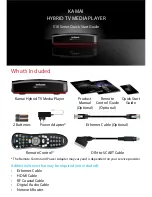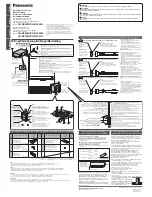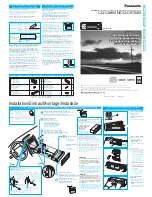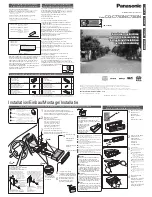
WAVECOM Decoder W74PC, W-PCI/e, W-CODE, W-CLOUD Manual V9.1.0
SAT System
307
Mobile-LES messages
Services
SAT-C supports several services:
Store-and-forward messaging
Allows messages to be exchanged between a mobile station and a user connected to the fixed network
(telex, modem connection, X.25 or Internet email). Only messages that are received completely error-free
are forwarded to the destination.
Distress calls
Distress calls are sent from a mobile (only maritime) to a LES. Distress priority messages may be sent in
both directions. Maritime SAT-C forms part of the Global Maritime Distress and Safety System (GMDSS).
Enhanced Group Calls (EGC)
A broadcast service which may be addressed to individual units as well as groups, either geographical or
logical. Two EGC services are available:
Fleet NET for commercial traffic and Safety NET for maritime safety traffic, e.g., navigational warnings,
weather forecasts or distress call relays.
EGC traffic is transmitted on the NCS Common Channel.
Data reporting
Lets MES send short data reports such as position information, sensor data etc. which are transmitted via
the MES Signaling Channel. Two types of data reporting are supported: reserved and unreserved.
Reserved access is controlled from the LES by poll messages which contain instructions on starting time
and duration of the reporting and also the type of data report required. A poll message may be interpreted
as a programming macro by the MES.
Unreserved access is initiated by the MES itself.
Polling
Used by base stations to initiate transmissions from a MES of text messages or data reports. Polls may be
directed to individual stations, to groups or to geographical areas.
VMS (Vessel Monitoring Systems) and SSAS (Ship Security and Alarm Systems)
The C system is also used for the VMS operated by many states for fisheries control and the mandatory
SSAS used for pirate and terror alerts.
Operation
A NCS controls each active satellite and the network within the satellite coverage area. Whenever a mobile
enters or leaves an ocean region it has to register with the NCS using the MES Signaling Channel. The
NCS updates its tables accordingly and informs the other NCSs and LESs within its region. These stations
also keep updated tables of MES status.
A NCS Common Channel TDM is transmitted by each NCS - when idle, a MES is always tuned to this chan-
nel. A Common Channel frame always has a bulletin board as the first information. This board contains
network information for all LES capabilities, channel information and other system information.
Each LES has at least one TDM assigned to it. The assignment may be permanent or on a demand basis.
A LES having a message for a mobile unit advises the NCS, which transmits a call announcement packet
on the Common Channel containing the ids of the MES and LES, which LES TDM will be used, call direction
and priority. The MES retunes to the assigned LES TDM. The LES TDM also carries a bulletin board with in-
formation on which MES Signaling Channel slots are free. The MES finds a free slot and transmits a call
announcement response on a MES Signaling Channel. It then returns to the LES TDM. The LES then
transmits a channel assignment packet containing message length information, time slot number (Logical
Channel Number, LCN) and local routing information. The succeeding message packets are all labeled with
the LCN and have also a sequence number and a check sum. The MES must send an assignment acknowl-
edgement packet before message transfer is initiated. The last LES packet is a request for acknowledge-
ment. The MES acknowledge packet will contain a list of packets received in error and the LES will re-
transmit these packets until all packets have been received by the MES. Then the LES releases the LCN
and the MES reverts to idle state.
















































